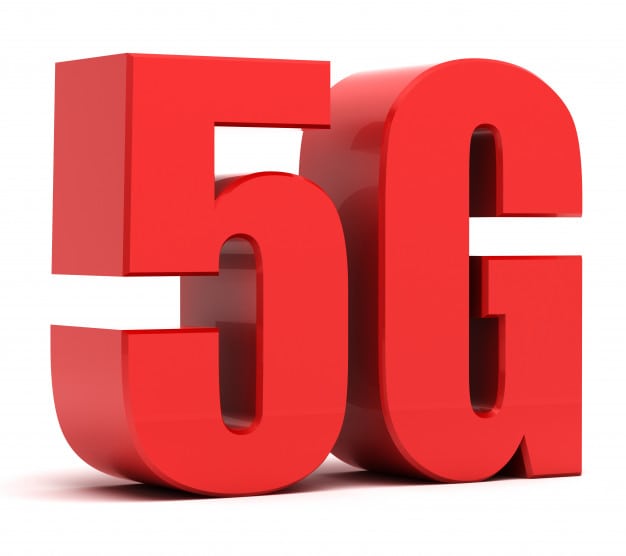
“It is important for America to lead in 5G. Satellite operators defended the use of C-band for decades for program distribution. We understand regulators want to advance leadership in this band,” said SES SVP Global Advocacy Gerry Oberst during a panel. “The satellite sector heard this and is looking for ways to meet this challenge.”
The FCC’s proposal specifies the use of a consortium to undertake the technical and commercial implementation of the spectrum clearing process. SES is part of the recently-announced C-Band Alliance. Other members are Intelsat, Eutelsat and Telesat. The companies say they can implement a market-based proposal to clear spectrum, while protecting the quality and reliability of existing C-band services in the band. “We will engage in secondary market transactions within 36 months” of a final FCC order, said Oberst.
“We believe secondary market transactions can be accomplished quickly. Our intention is to get spectrum out there as fast as possible,” said Oberst.
Some 15,000 earth registrations have recently been received at the FCC, at the rate of about 1,000 per week. NAB VP Spectrum Policy Bob Weller thanked SES for assisting stations with their registrations. Broadcaster’s use of C-band “remains a critical distribution channel for both TV and radio,” he said. The signals “can reach remote transmitter sites where fiber can’t,” and C-band works “where Ku-band doesn’t.”
But even with the push to register earth station downlinks, “some will be missed.” The NAB and the North American Broadcasters Association, which has members in the U.S., Canada and Mexico, are getting the word out to members, Weller said. “But there will still be surprises. We want to ensure there’s a mechanism in place to handle those.”
Noting that broadcast operations are dynamic, Weller said broadcasters need to “access any satellite and transponder on short notice when there’s a problem” with their usual satellite.
Hazem Moakkit, vice president of spectrum strategy for Intelsat, said: “We often hear the band is not being used. It is being used,” said Moakkit. The C-Band Alliance wants to protect incumbents,” he stressed. “Satellite earth stations are sensitive to terrestrial interference. 5G signals can overwhelm” the earth station, he said. That’s why there needs to be a guard band between both uses. “The alliance is working with manufacturers to determine how small the guard band can be,” he said.
Kalpak Gude, president of the Dynamic Spectrum Alliance, agreed, noting: “Protecting incumbent services is important. If you can’t protect incumbents, then you’re not really sharing the spectrum.”
Verizon VP Wireless Policy Development Charla Rath said a total of 100 MHz of spectrum for 5G “isn’t enough. We think perhaps 100 MHz per operator is a good place to be. How you make that happen” will occur over the next several months, said Rath. “I don’t want to see it take the six years it’s taken for [Citizens Broadband Radio Service] to come to market.”
By Leslie Stimson, Inside Towers Washington Bureau Chief
October 9, 2018



